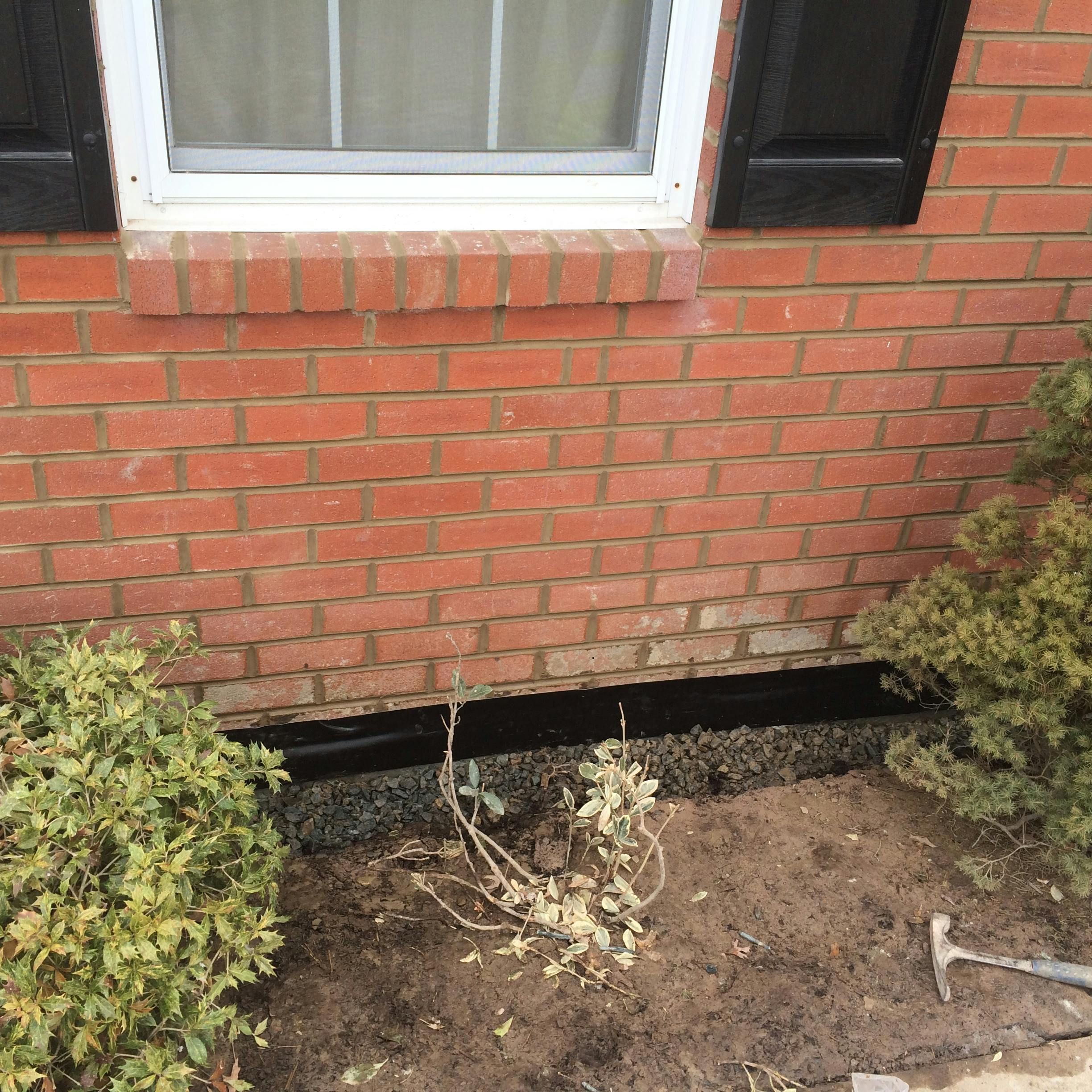Does your home have masonry walls? Have you noticed water leaking into your home? Are there signs that moisture has built up within your walls, causing internal damage? This may come as a surprise, but leaky masonry is actually quite common.
There are three main reasons for masonry leaks. The first is that masonry is a permeable construction method. The second is that most modern masonry is a veneer, which is thinner than full-thickness masonry. And the third is that water-resistive barriers, flashing, and weep screeds may have been improperly installed.
Contractors who understand these potential problems with modern masonry can take steps to address them. With the right knowledge, experience, and planning, masonry leaks can be prevented.
Masonry is Permeable

Something you might not expect is that masonry is permeable by nature. We tend to think of masonry walls as completely solid. But, that’s simply not the case. There are three ways water can enter a home through masonry walls.
First, water can soak through the masonry itself. Brick tends to be more permeable than stone, but either one can let water through. Second, water can soak through the mortar between the bricks or stones. And third, water can flow through the spaces between the brick or stone and mortar.
The rate at which water permeates through the surface of the wall is affected by a few factors. As mentioned, the masonry material, such as brick or the type of stone is one factor. Time is another factor, as mortar can be eroded away and crumble from exposure to the elements.
And the final factor is how the water is contacting the wall. Is rain being blown into the surface of the wall? Is water running down the wall from the roof? Is water pooling at the base of the wall? Or, is water entering the wall another way that bypasses the masonry altogether?
Veneer vs. Full-Thickness Masonry

Veneer is a thin version of masonry that mimics the look and feel of full-thickness masonry. You can get veneers that mimic every style of brick and stone imaginable. And for stone veneers, there are both natural stone and manufactured stone options available.
A standard brick may be 3.5 inches deep. Brick veneer may be only 1 inch deep at most. In many cases, veneers are even thinner than this as a way to reduce both weight and cost. But, another result of this reduced thickness is that there’s less material for water to permeate through before getting into your home.
Full-thickness brick walls also usually have multiple layers of brick, which helps to protect against water intrusion even more. Behind the surface layer of veneer, there’s typically a wall cavity where water can cause damage if not properly dealt with.
So, does this mean you should avoid veneer? Not at all. It is expected that water will get into the wall behind your veneer. An experienced masonry contractor will install moisture management and protection systems to keep your home safe.
Barriers, Flashing, and Weeps

Barriers, flashing, and weeps all keep water that gets into your walls from damaging your home. They stop moisture from intruding deeper into your home and provide ways for water to escape from within your walls.
Water-resistive barriers (WRBs) protect the wooden frame and interior of your home from water damage. These barriers stop the internal structure of your walls from absorbing moisture. Without these barriers, there is little stopping water from entering your home.
Flashing directs water away from openings like doors and windows. As these are physical openings in the walls of your home, they’re naturally the most vulnerable spots for water intrusion. If incorrectly installed, flashing can actually make matters worse by directing water toward these openings. This is one reason why hiring an experienced contractor is so important.
Weeps are holes in the bottom of the wall that allow water to flow out. Weep holes are part of a system called a weep screed, which is just a drainage plane upon which the veneer sits. These holes are important so moisture doesn’t build up within your walls and cause damage, such as mold and rotting, over time.
Hire an Experienced Masonry Contractor
As every homeowner and building owner knows, trying to solve a leak can be very difficult. Our approach is to start at the top of the wall, including the roof, and work our way down.
On our way down the wall, we make sure the roof and all masonry are tight, solid, and have been restored in a complete manner. Patch jobs may buy you time. But, they will never be a long-term solution. If your walls are leaking, you need a full restoration of your masonry.
McNamara Masonry Restoration
McNamara Masonry has been the Delaware Valley’s number one choice for expert masonry restoration and construction services for nearly 30 years. Contact us today to schedule an inspection of your home’s walls.
